However, many people wonder why these do not include major stations such as Hanoi, Saigon...
Planning 15 stations, expanding scale and area
The consulting consortium of the Center for Consulting on Transport Development Investment (CCDTI) and the Transport Investment and Construction Consulting Joint Stock Company (TRICC-JSC) has just submitted to the Vietnam Railway Authority a mid-term report on the planning of a number of national railway stations in urban areas, hub stations, and international transit stations (station planning).
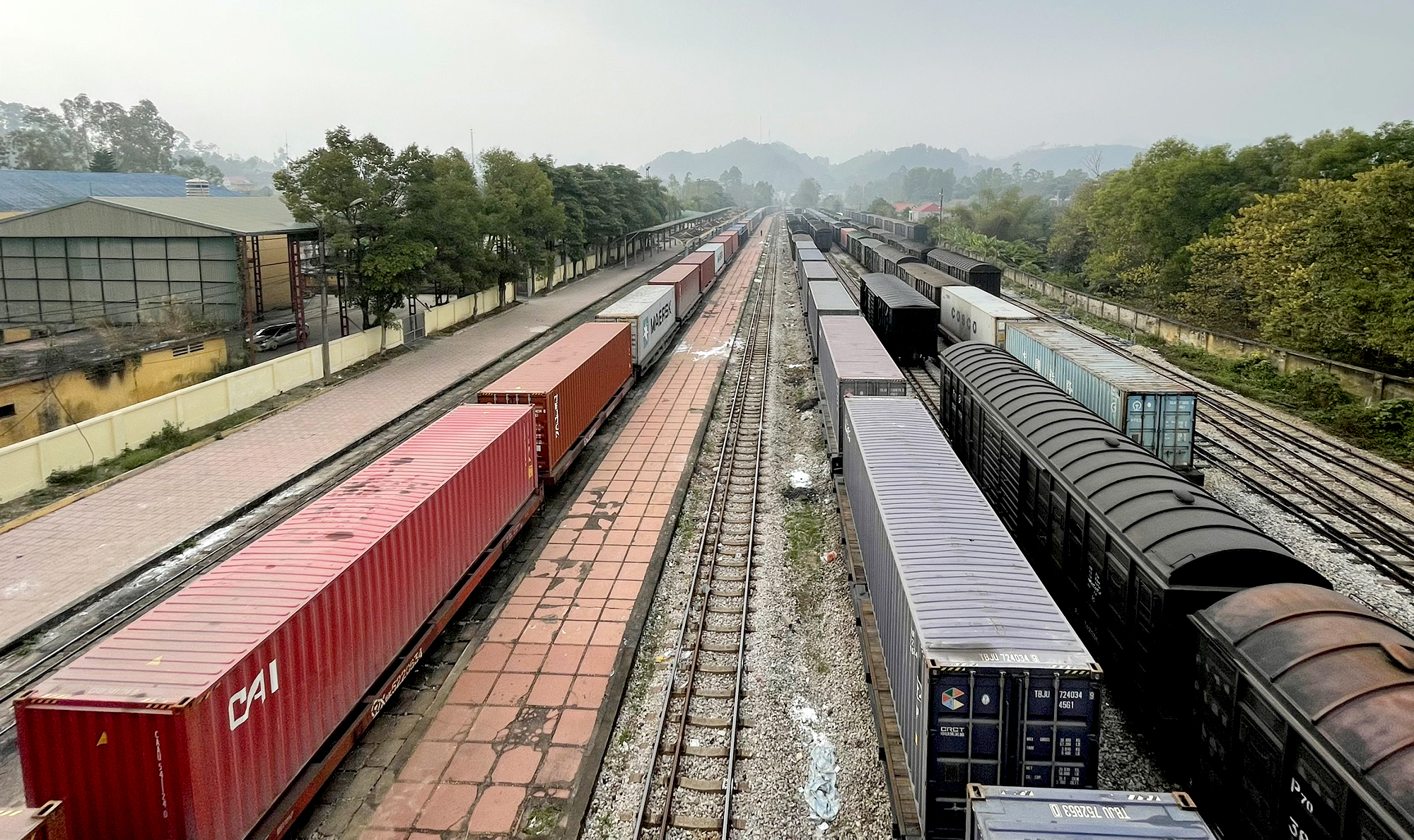
Dong Dang Station, Lang Son.
Through reviewing and forecasting future demand, the Consultant proposed planning 15 stations including: Dong Dang, Yen Trach (Lang Son), Kep, Sen Ho (Bac Giang), Ninh Binh (Ninh Binh), Khoa Truong (Thanh Hoa), Vinh, Nghi Long (Nghe An), Dong Ha (Quang Tri), Kim Lien (Da Nang), Dieu Tri (Binh Dinh), Nha Trang, Vinh Trung (Khanh Hoa), Thap Cham, Ca Na (Ninh Thuan).
Explaining this proposal, the representative of the Planning Consultant said that the Railway Network Planning for the 2021-2030 period, with a vision to 2050, aims to have sufficient capacity to meet the volume of freight transport of 11.8 million tons (2.3 times higher than the current status in 2019) and 21.5 million passengers for national railways (2.7 times higher than the current status in 2019).
To ensure the achievement of this goal, in addition to renovating, upgrading, and building new railway lines, it is necessary to plan to increase the throughput capacity of national railway stations, especially for urban stations, hub stations, and international transit stations.
However, the Ministry of Transport has assigned the Vietnam Railways Department to develop three other specialized technical plans (Planning of railway routes and stations in the Hanoi-Ho Chi Minh City hub area; Planning of routes and stations of the Lao Cai - Hanoi - Hai Phong - Quang Ninh route), so the consultant only proposed to include important stations on the four existing railway routes in the planning: Hanoi - Ho Chi Minh City route, Hanoi - Dong Dang route on the North - South corridor, Lao Cai - Hanoi - Hai Phong route on the East - West corridor (not included in the three specialized technical plans).
For example, Saigon station - the passenger hub station, Song Than and An Binh stations - the cargo hubs have been included in the planning of the Ho Chi Minh City hub area. Similarly, Hanoi station, Ngoc Hoi station complex in the planning of the Hanoi hub area; Lao Cai station, Hai Phong station in the planning of the Lao Cai - Hanoi - Hai Phong - Quang Ninh route.
According to the Consultant, the criteria for determining the group of 15 stations proposed for priority planning in 2024 include: Being the first and last stations of the route; Stations with international transit functions or with the potential to become international transit stations; Stations with connections or orientations to connect to seaports and inland waterway ports; Stations with large passenger and cargo demand with regional hub locations or located in large urban areas.
Planning these railway stations to continue renovating and expanding railway stations connected to specialized railways and urban railways, and at the same time specifying them in provincial planning to ensure consistency in land use plans, traffic connections or to combine appropriate land fund planning in station areas to develop urban areas and functional areas (transport-oriented urban development model - TOD).
For more information, Mr. Tran Thien Canh, Director of Vietnam Railways Department, said that only a few stations will be planned on existing railway lines. For example, the existing Hanoi - Ho Chi Minh City route will focus on planning freight stations and connecting freight sources because in the future, it will mainly run regional passenger trains serving short-distance passengers and freight trains.
As for new corridors such as high-speed railways, Lao Cai - Hanoi - Hai Phong railway with 1,435mm gauge, Hanoi - Dong Dang railway with 1,435mm gauge... the planning of old stations will not focus on.
"When there is a new railway line, the advantages of the old railway line will be limited. Therefore, we will analyze the flow of goods and passengers to allocate between the old and new lines. If the demand for the old line is low, we will not focus on planning and investing in the station," said Mr. Canh.
According to the Consultant, the 15 stations proposed for inclusion in the planning are all stations with high demand for passenger or cargo transportation. Of these, two new stations, Nghi Long and Vinh Trung, will be built, while the remaining 13 stations will mainly expand in scale and area.
Nghi Long Station is a newly built station in Nghi Long commune, Nghi Loc district, Nghe An province, operating both cargo and passengers; Oriented to become a hub station with branches connecting to Cua Lo port.
Nha Trang Station will maintain its transportation function until 2030, after which the cargo function will be moved to Vinh Trung Station (new construction).
Basis for land holding and investment attraction
Director of Vietnam Railways Tran Thien Canh said that the planning will guide the detailed scale of each station. Determining which stations to include in the detailed planning is based on general needs: Old routes must be renovated and upgraded to meet the transportation needs at each time; Retaining land funds for future station expansion.
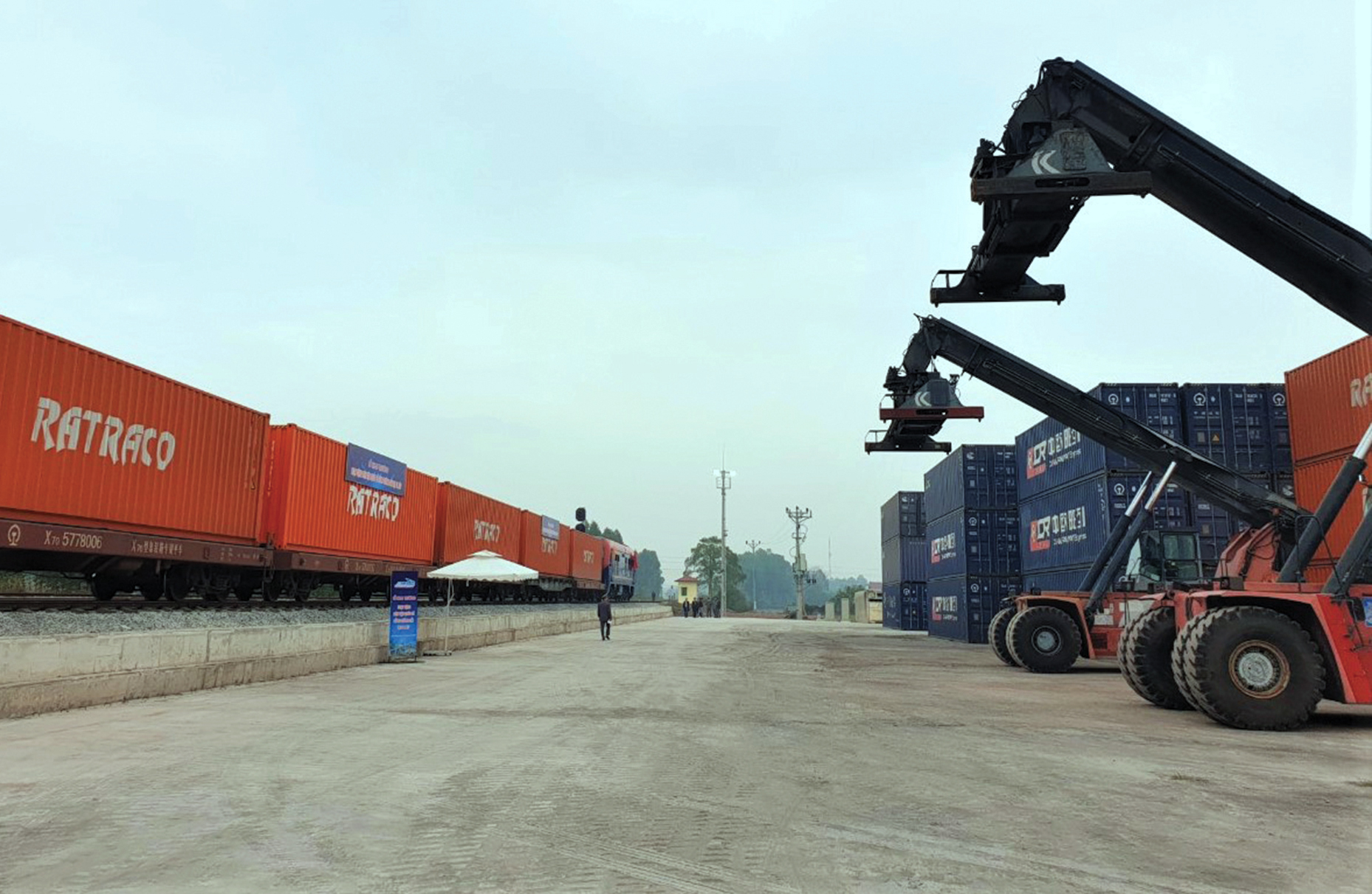
Kep Station, Bac Giang.
"Currently, the Consultant has just completed the mid-term report and continues to widely collect opinions from provinces, agencies and units. When completing the final report, it will propose investment capital needs, a roadmap for implementing the planning in order of investment priority and solutions for organizing the implementation of the planning. However, the planning is the basis for future investment. It is possible to establish separate investment projects for stations, or to invest in stations in the route project," said Mr. Canh.
Mr. Canh also said that Vietnam Railways Corporation is currently preparing a project to invest in and exploit stations, submitting it to competent authorities for approval to be able to invest and exploit on its own or call for capital and invest in joint ventures. With the station planning, the Corporation will have forecast data, operational practices, and calculation methods, thereby determining more accurately the stations to be invested in and exploited.
According to Mr. Phan Quoc Anh, Deputy General Director of Vietnam Railway Corporation, to determine which stations to include in the planning, it is necessary to place them in the overall network and determine the source of passengers and goods.
Any station that intends to exploit the transportation of goods from the industrial park must clarify where their consumption area is and where they are transported to. At the same time, it is necessary to consider convenient connection options to reduce operating costs, logistics costs, and transportation costs to be competitive with other modes.
To implement the planning, consultants must propose State management policies, aiming to promote low-cost, environmentally friendly logistics transportation methods and reduce traffic accidents.
Source: https://www.baogiaothong.vn/vi-sao-de-xuat-quy-hoach-15-ga-duong-sat-hien-huu-192240220102711456.htm




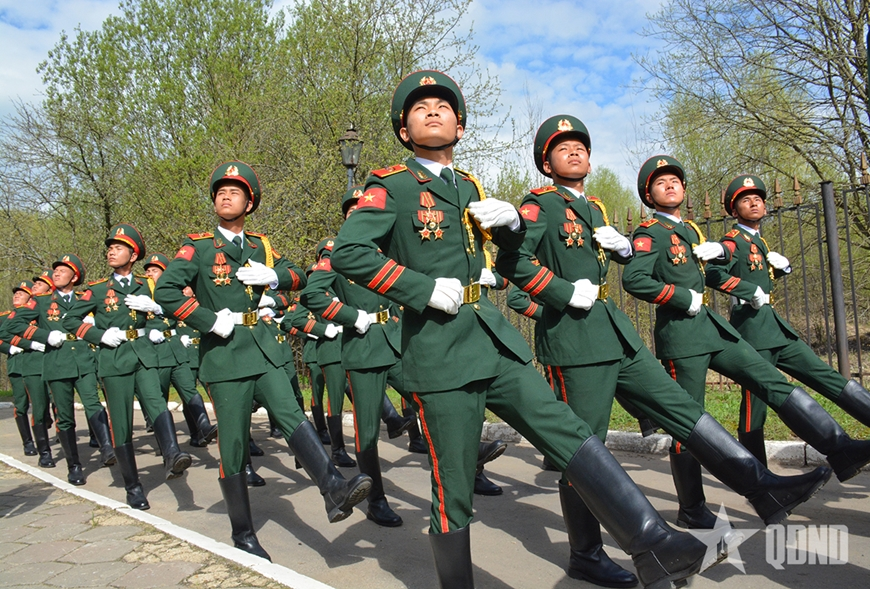
![[Photo] Ho Chi Minh City welcomes a sudden increase in tourists](https://vstatic.vietnam.vn/vietnam/resource/IMAGE/2025/4/25/dd8c289579e64fccb12c1a50b1f59971)


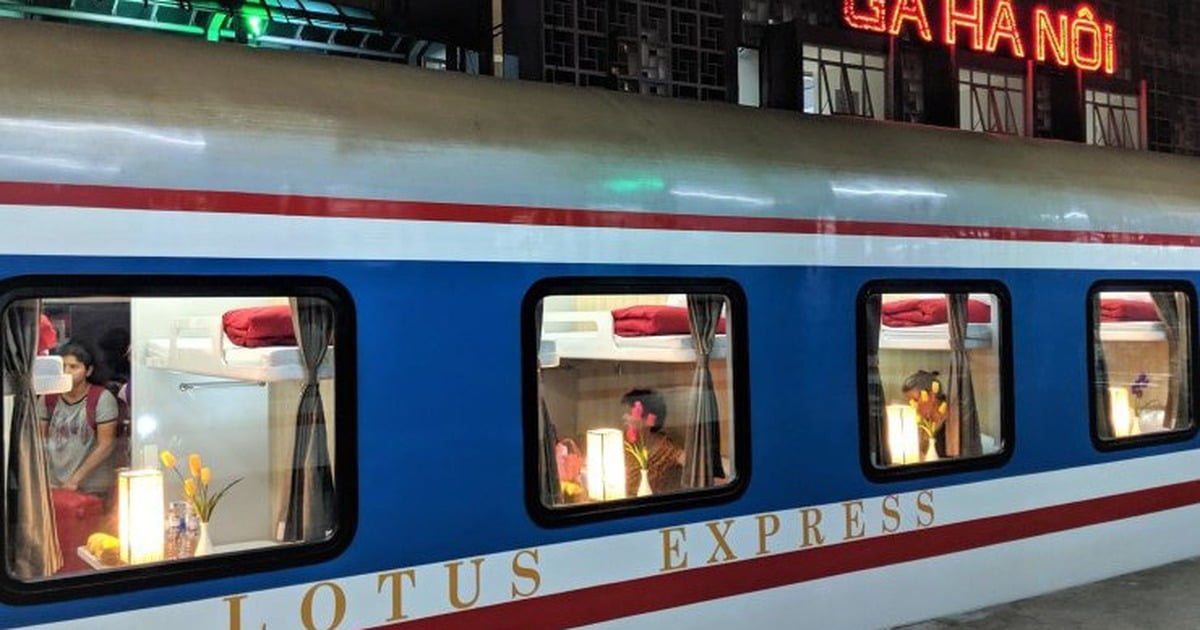



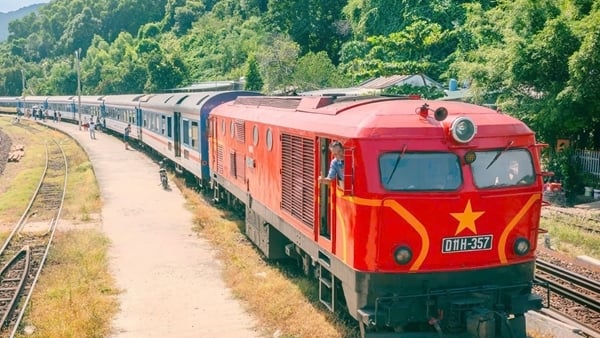

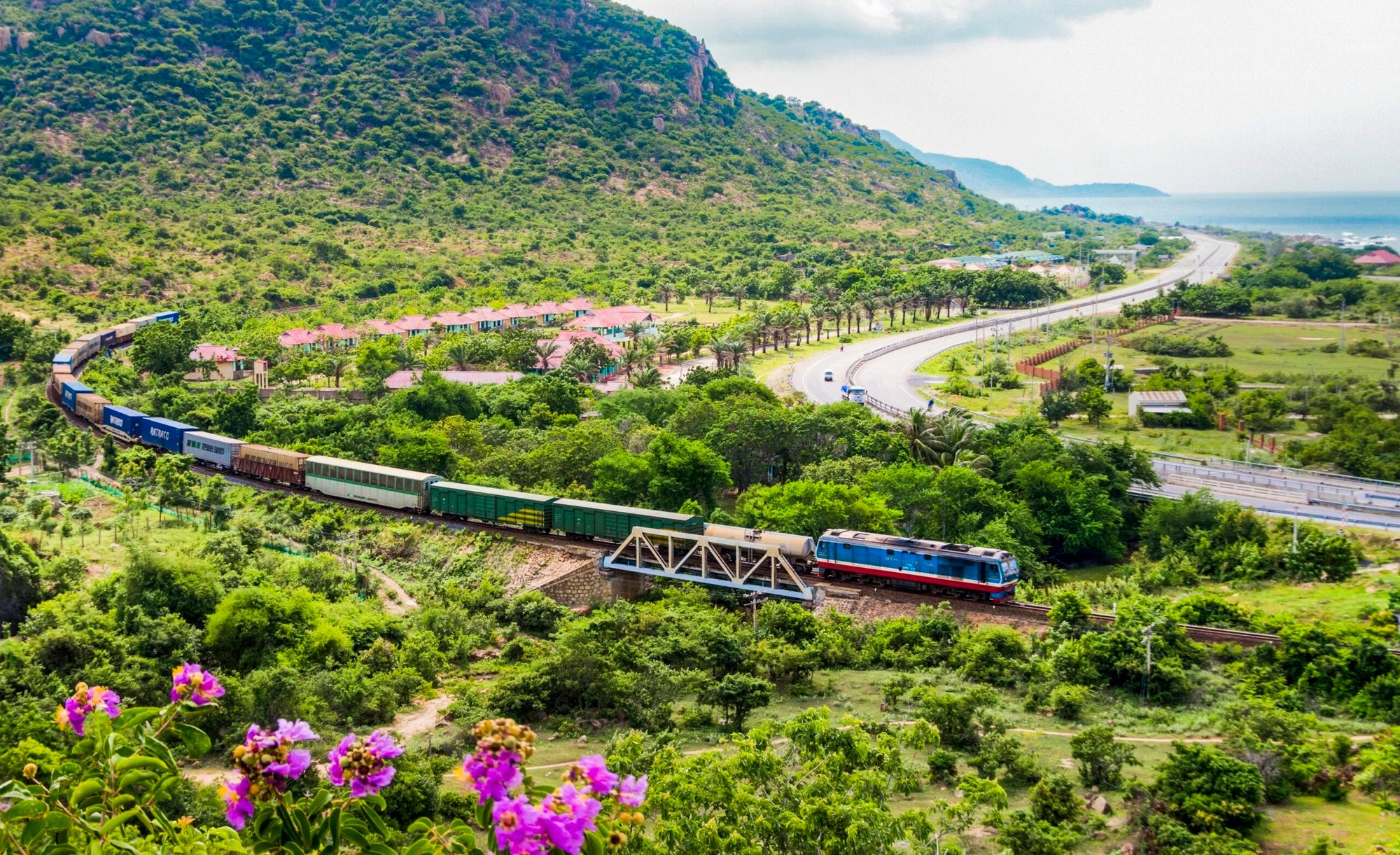

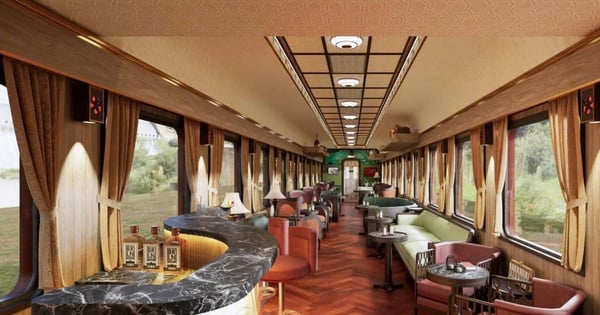


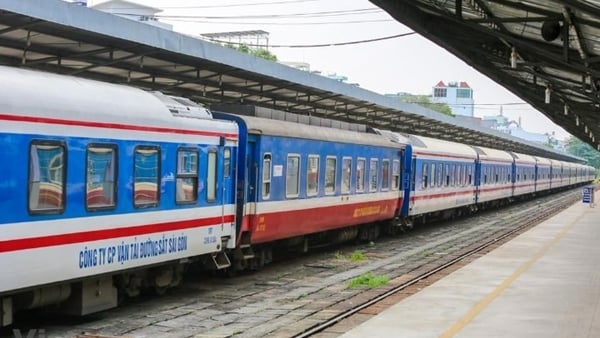
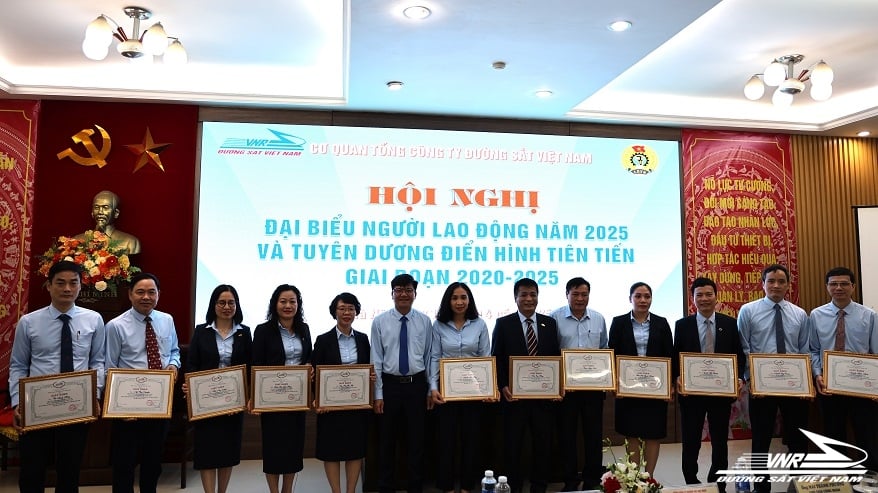
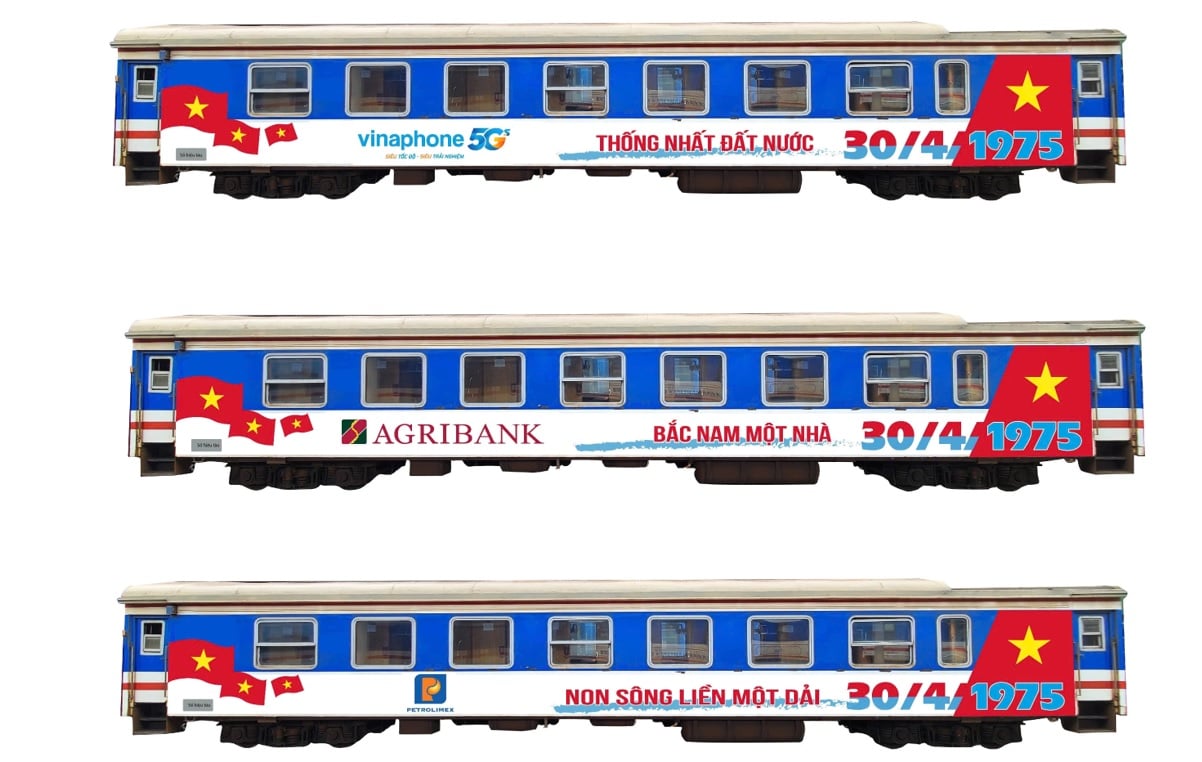
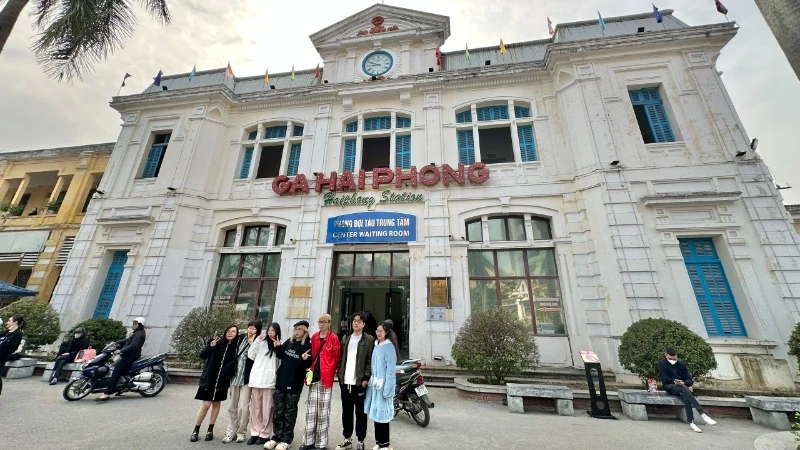
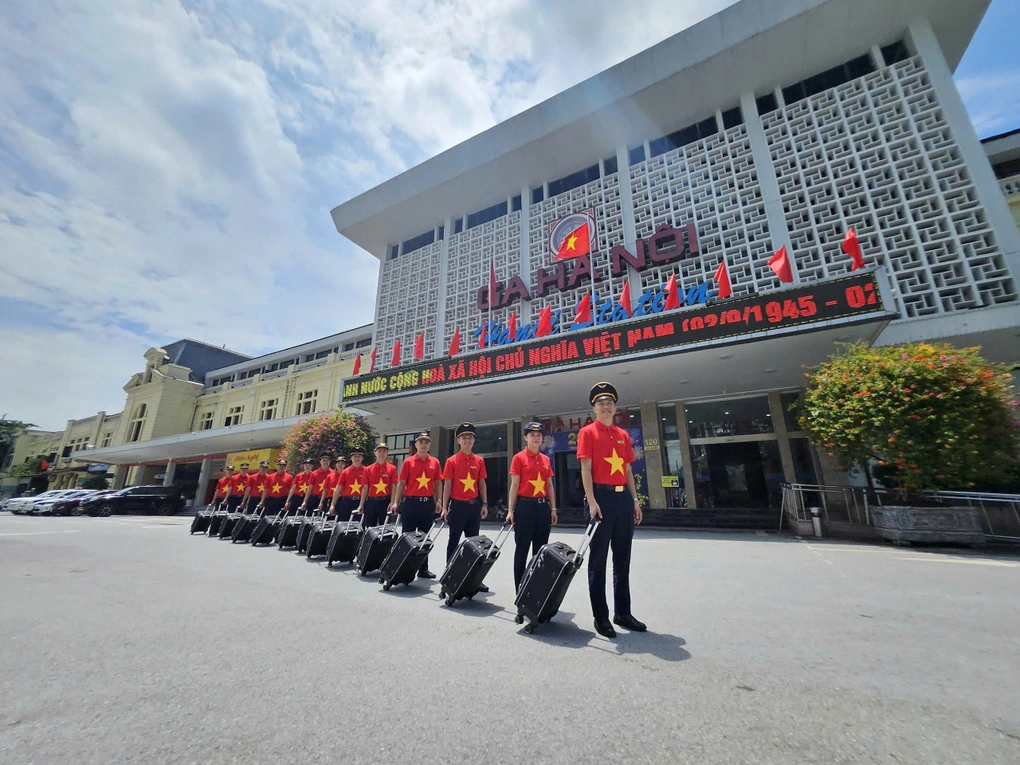
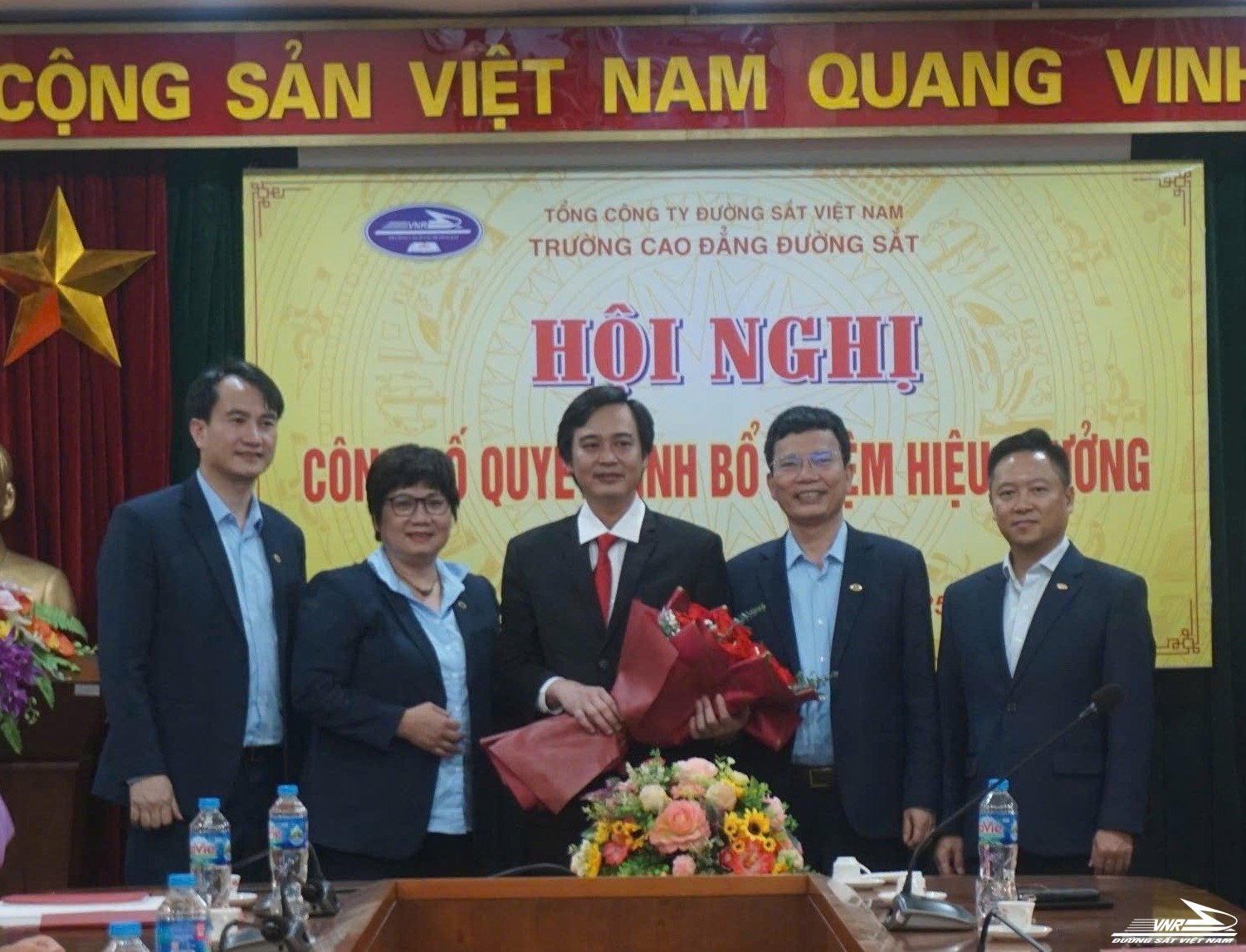
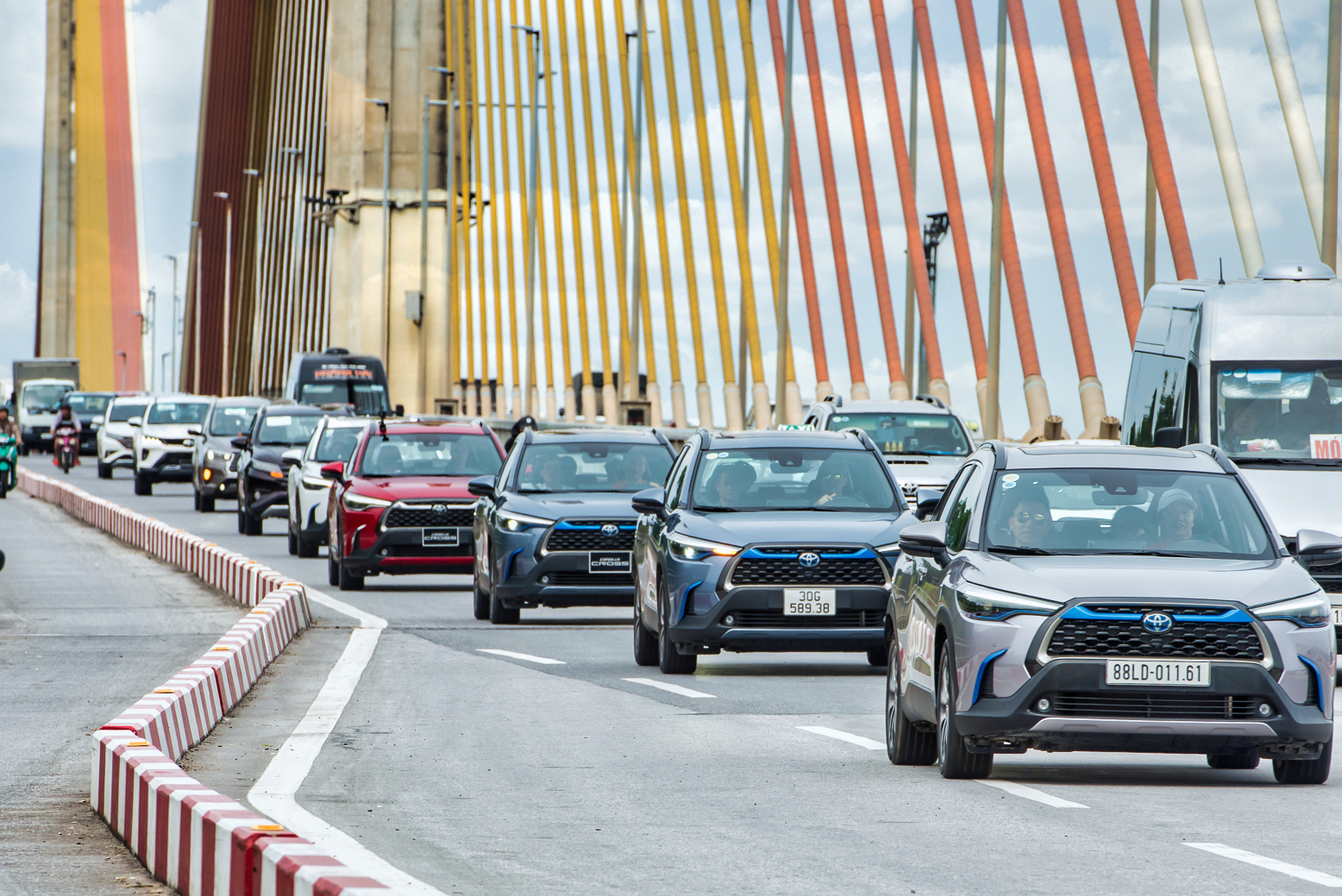





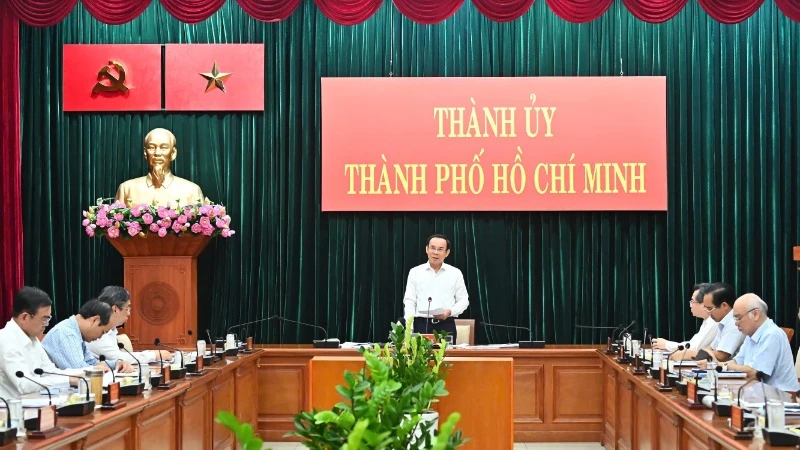
![[Photo] Liberation of Truong Sa archipelago - A strategic feat in liberating the South and unifying the country](https://vstatic.vietnam.vn/vietnam/resource/IMAGE/2025/4/25/d5d3f0607a6a4156807161f0f7f92362)

![[Photo] President Luong Cuong meets with Lao National Assembly Chairman Xaysomphone Phomvihane](https://vstatic.vietnam.vn/vietnam/resource/IMAGE/2025/4/25/dd9d8c5c3a1640adbc4022e2652c3401)
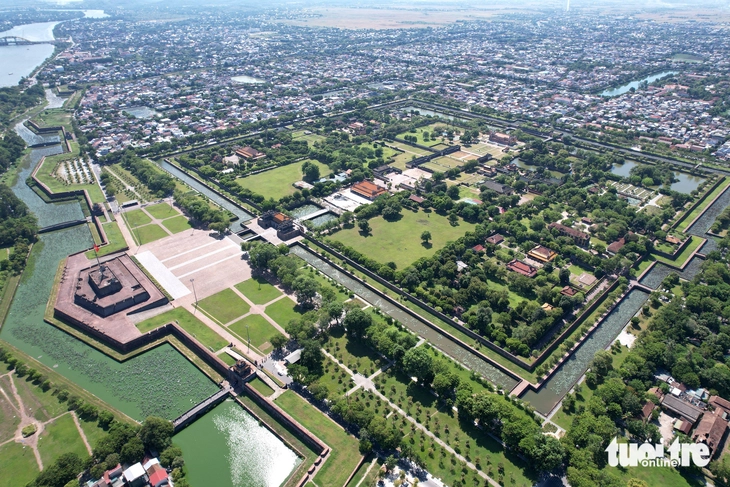

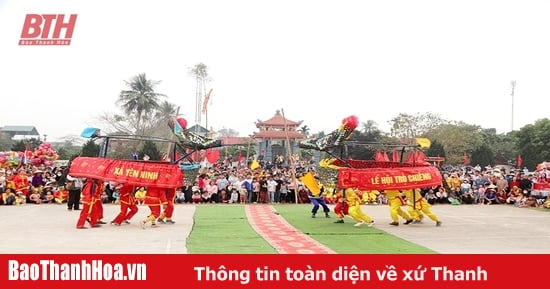




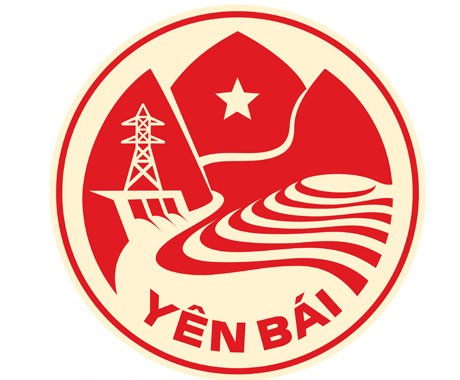
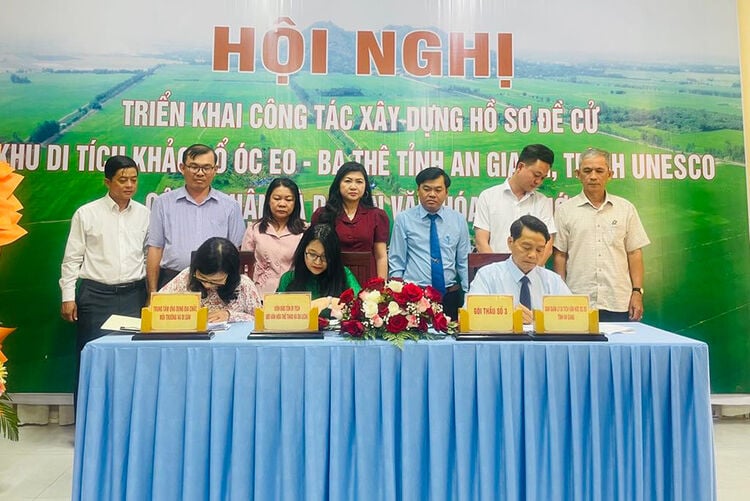

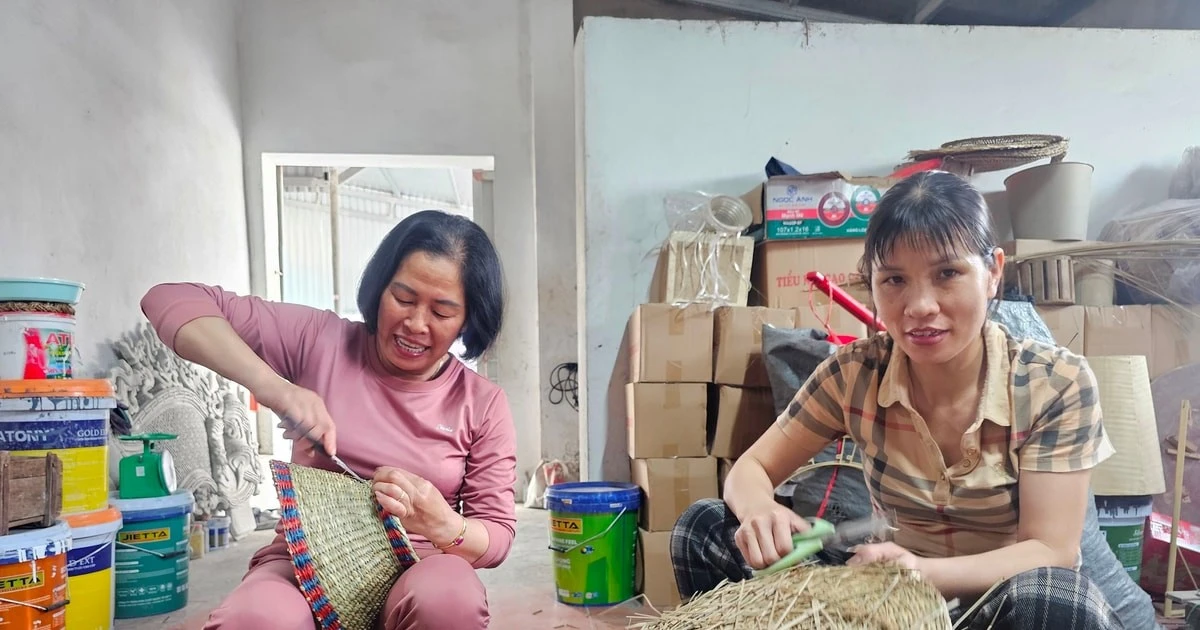














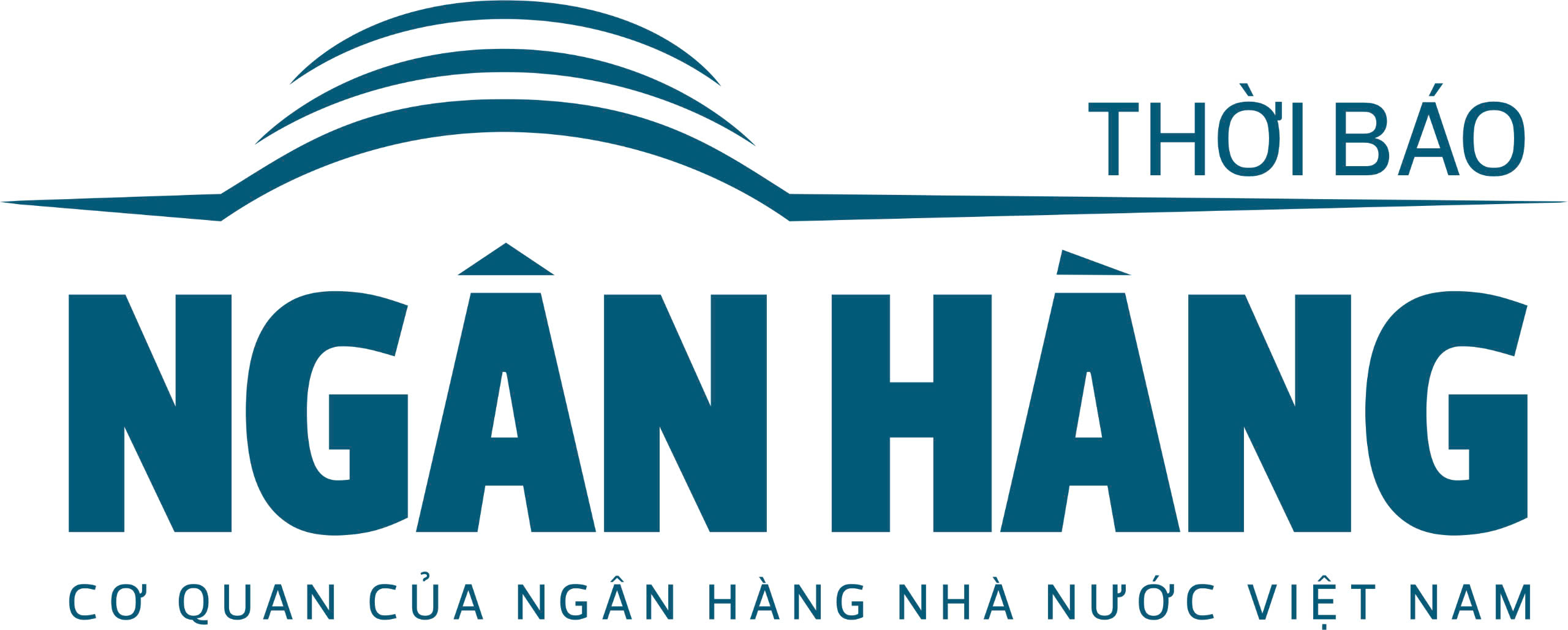
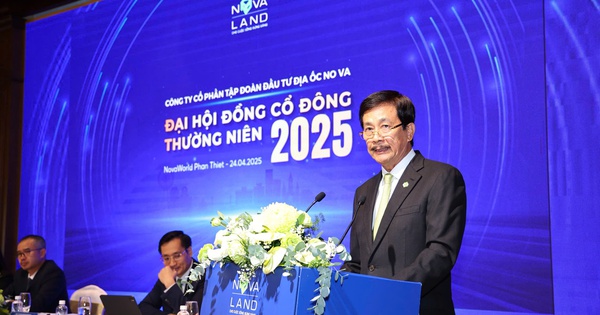

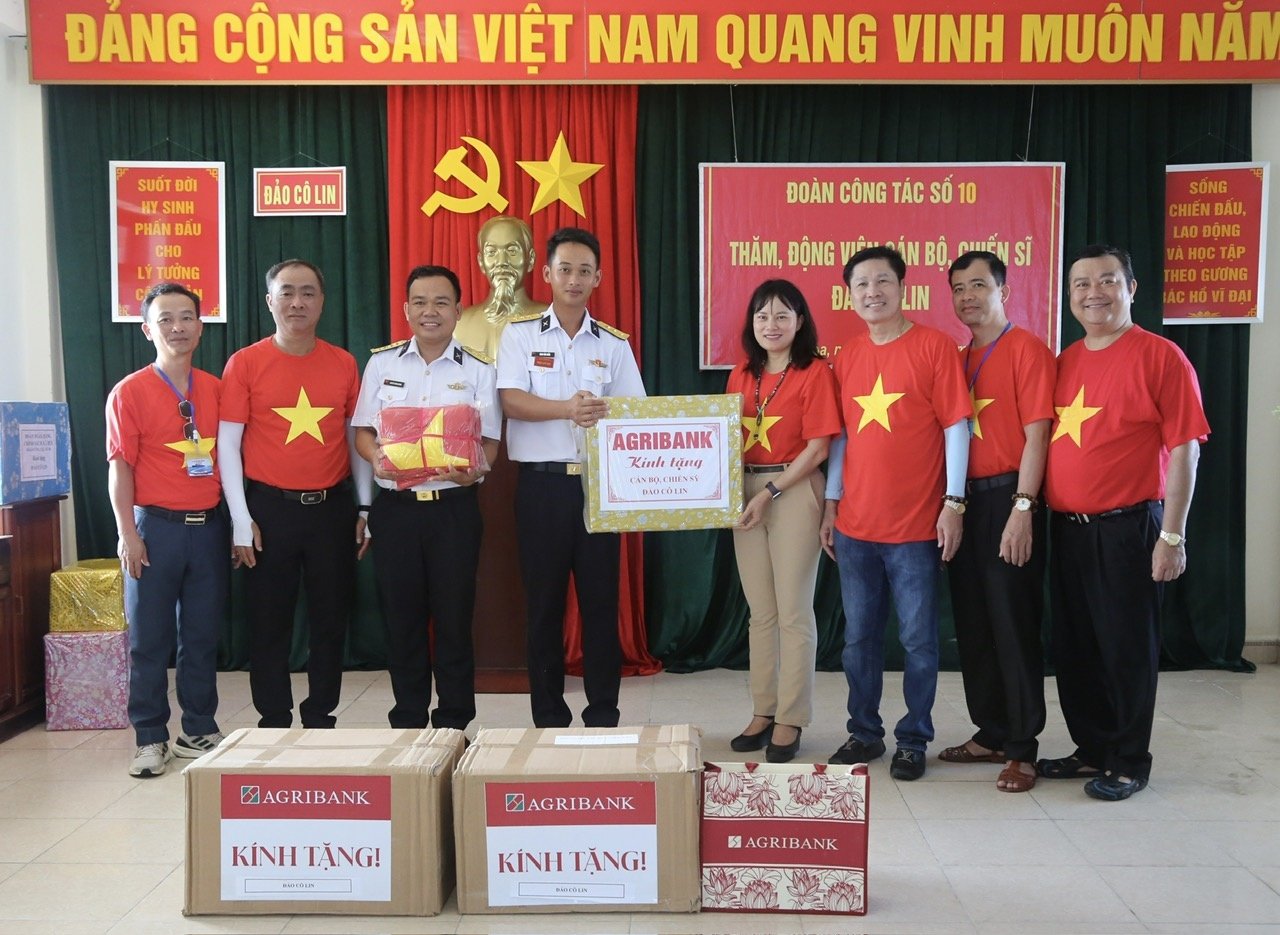



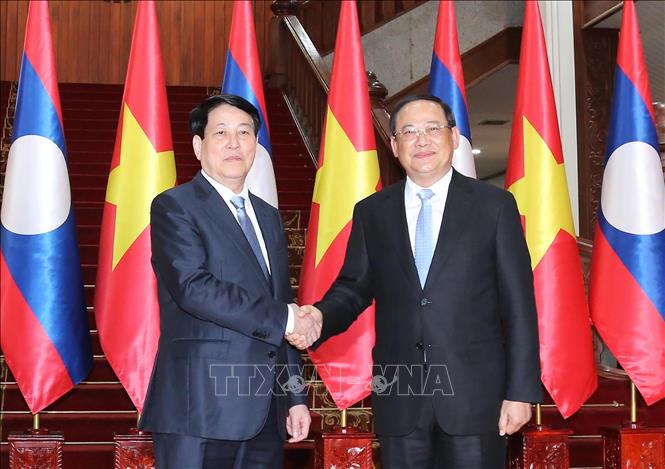
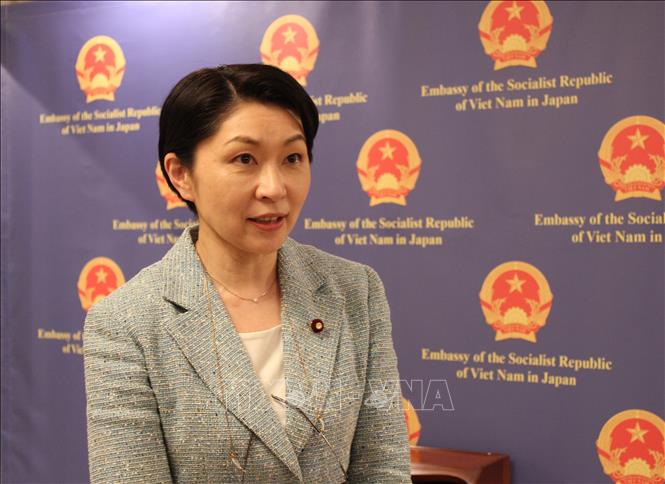







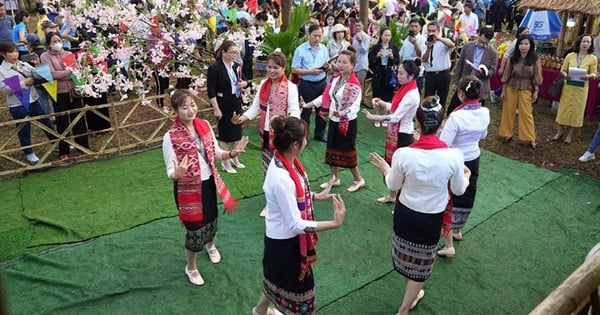
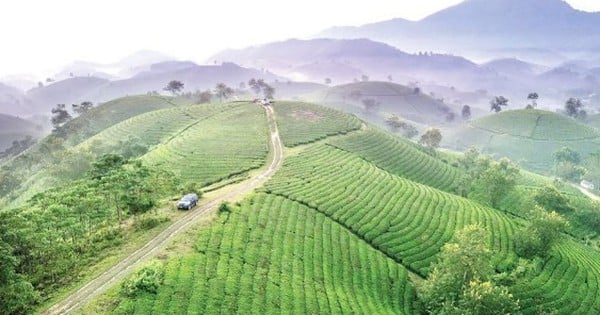
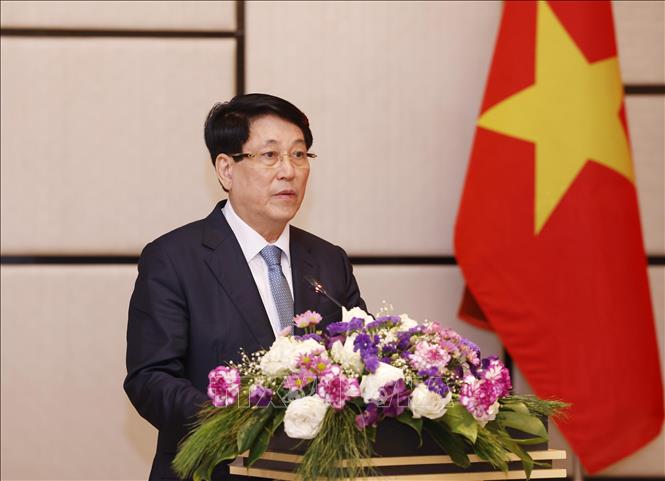

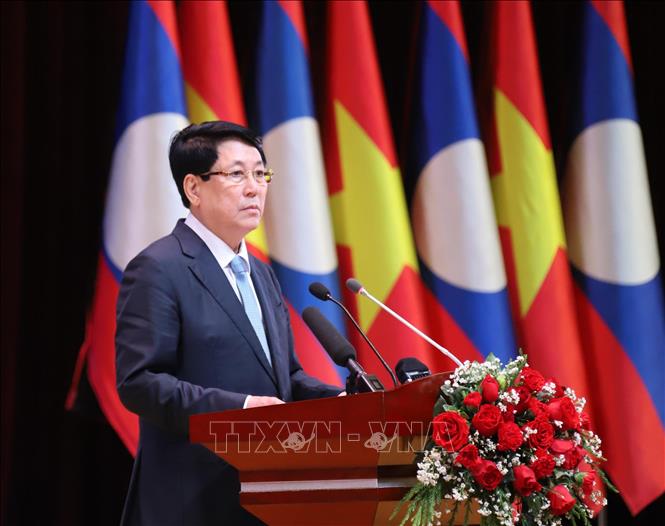
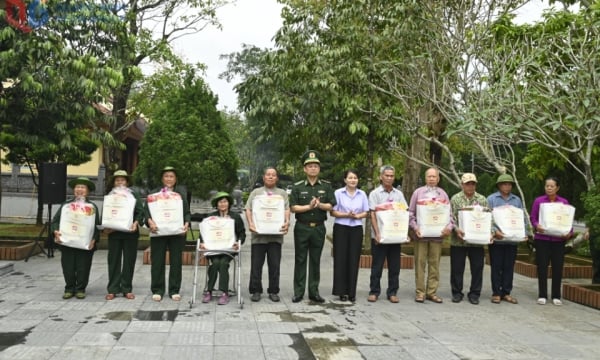
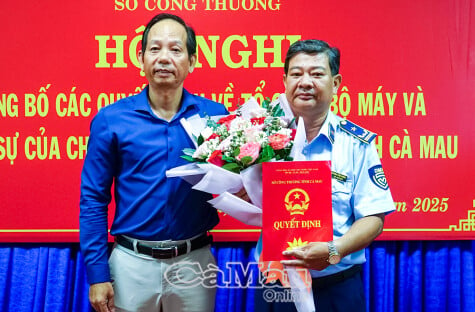




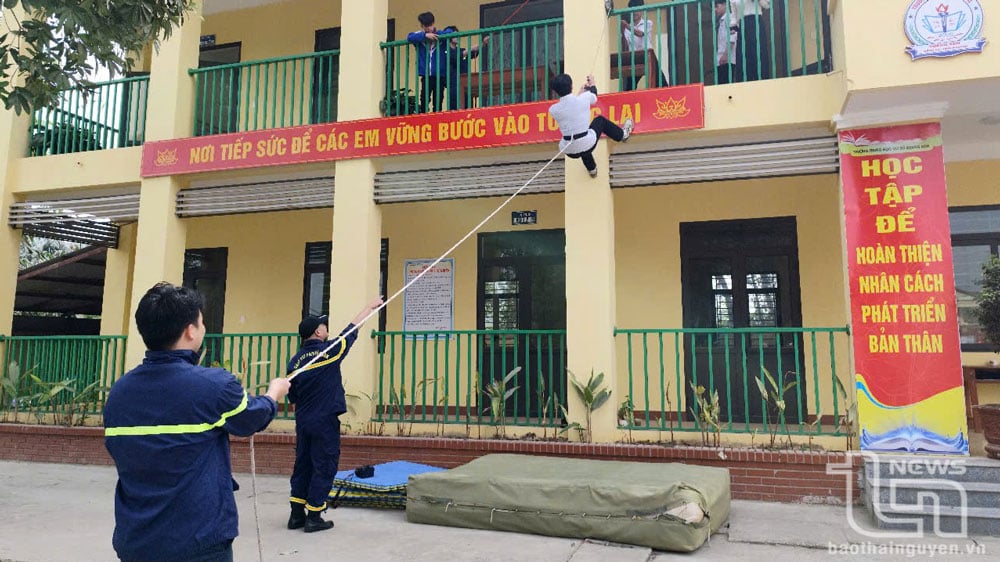



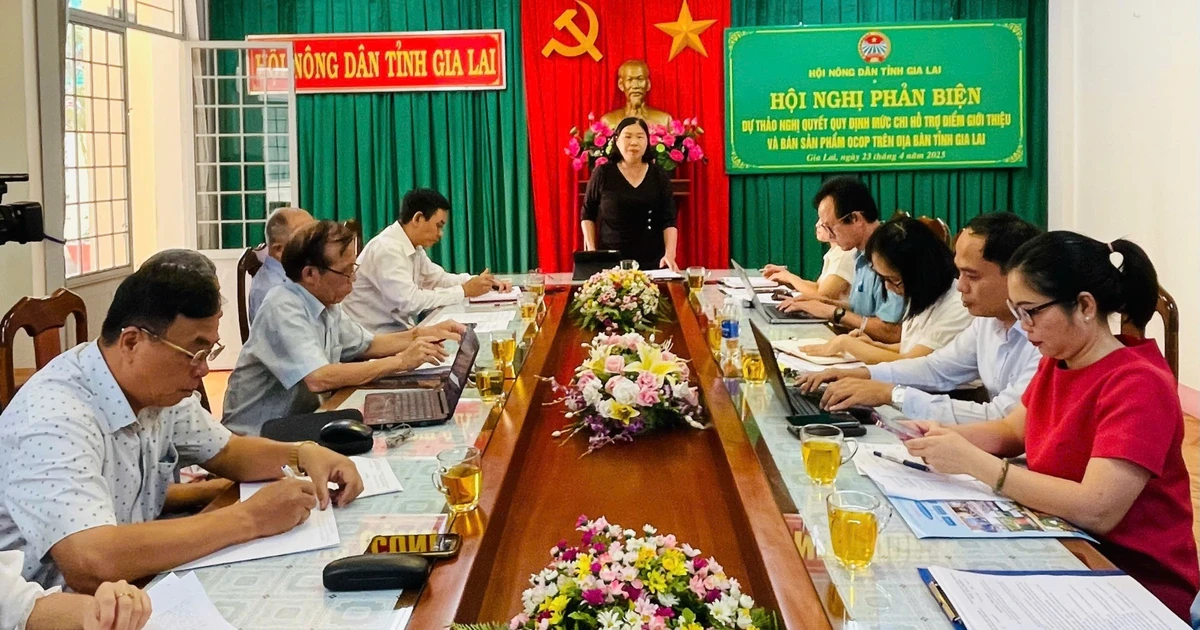

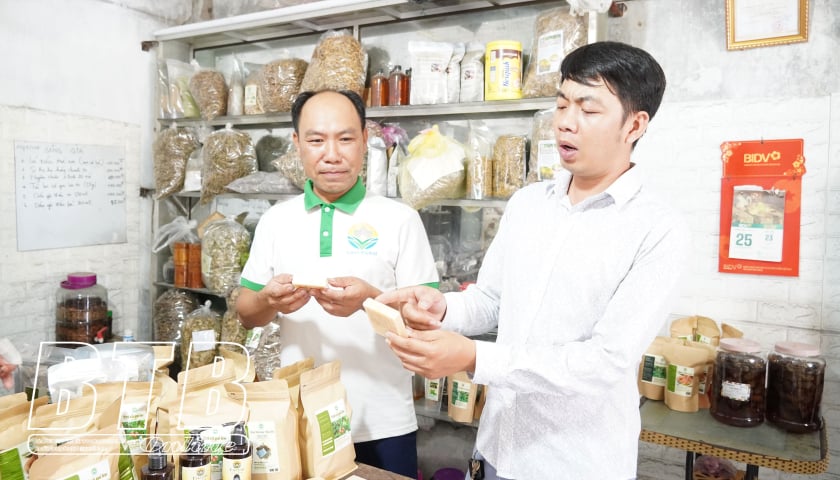

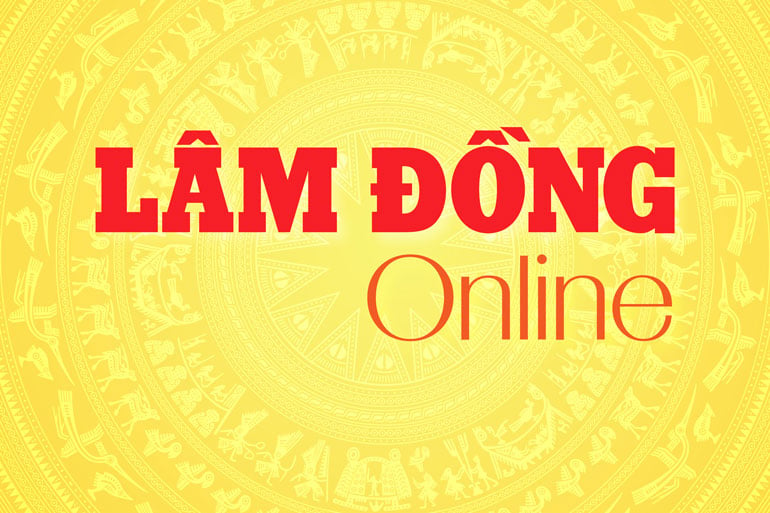




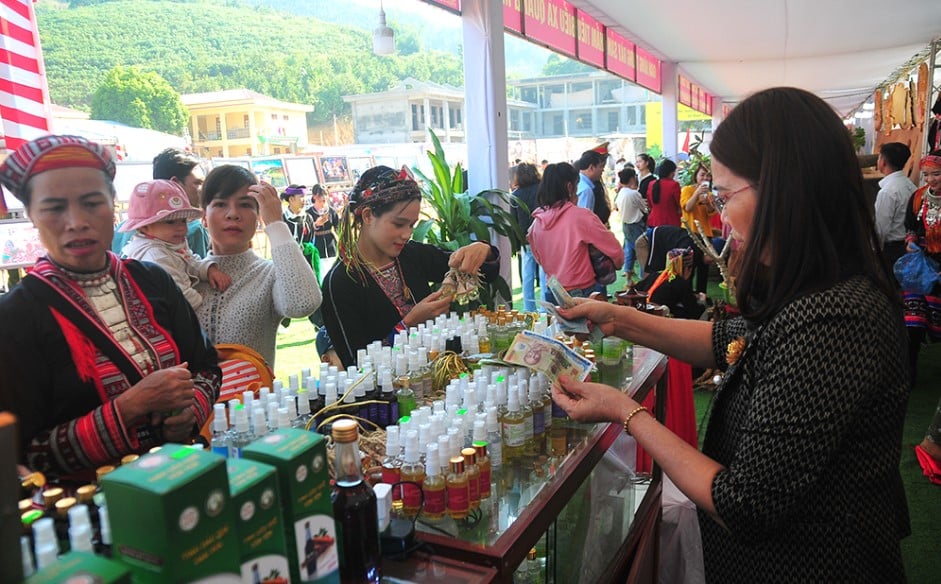
Comment (0)